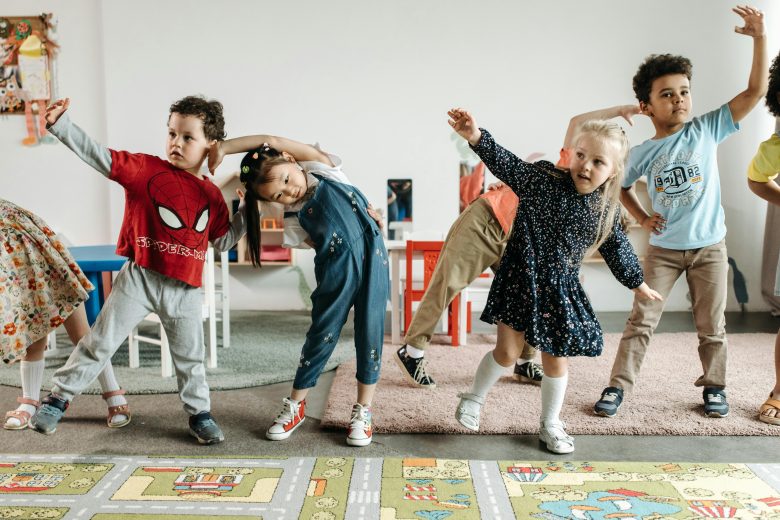Math has long carried a reputation for being the bane of many students’ existence—a realm of rigid formulas, puzzling numbers, and seemingly abstract concepts. For educators, the challenge is real: how can we make math exciting, relatable, and alive for our students?
Imagine this: a classroom where students don’t just sit hunched over their textbooks but move with purpose, swirling, bending, and collaborating to explore mathematical ideas. This is not a vision of some futuristic school; it’s happening right now as dance takes center stage in math education, proving that learning can be as dynamic as the human spirit.
From Chalkboards to Dance Floors
Traditionally, math is taught with static visuals and repetitive drills. While effective for some, these methods often leave others disengaged. Dance is a discipline of rhythm, patterns, and structure which shares elements with mathematics.
Picture a group of students forming geometric shapes with their bodies to understand angles or creating rhythmic steps to visualize patterns and sequences. Through movement, abstract concepts take tangible form, transforming the way students perceive and retain information.
Why Dance and Math Make Sense Together
At first glance, math and dance might seem like unlikely partners. But dig a little deeper, and their shared foundations become clear. Both involve rhythm, structure, and the exploration of space and patterns. When students use their bodies to represent numbers or equations, they tap into a whole new way of learning that is engaging and memorable.
Take symmetry, for example. Students can mirror each other’s movements to grasp this concept or divide a shared dance routine into fractions to understand division and proportions. Movement doesn’t just illustrate mathematical ideas; it embeds them in muscle memory.
Malke Rosenfeld, a percussive dancer and teaching artist from the United States, has turned this concept into a thriving educational program called Math on the Move. Rosenfeld’s approach invites students to “step into math” by physically exploring shapes, patterns, and other concepts. Through her work, she’s shown that math can be understood and felt.
“Working creatively within the system of percussive dance provides children with the opportunity to represent their understanding of mathematical ideas in a whole new way,” Rosenfeld explains.
Rosenfeld’s lessons might involve students forming angles with their arms, collaborating to create prominent geometric figures, or demonstrating number growth through synchronized movements.
The results? Students who once found math intimidating or boring discover new excitement and confidence in the subject.
Breaking Barriers in Math Education
Math can alienate many students, especially those who struggle with its abstract nature or don’t see themselves reflected in traditional teaching methods. By incorporating dance, educators can offer a more inclusive, culturally rich approach to learning.
For instance, incorporating traditional dances that reflect students’ cultural backgrounds creates an immediate connection between their lived experiences and mathematical ideas. A rhythmic dance might teach the principles of timing and spacing, while a cultural routine could illustrate symmetry and balance.
A New Vision for Learning
This fusion of movement and mathematics is reshaping how we think about education. It challenges the outdated notion that subjects like math must be serious and sedentary. Instead, it reveals that learning can be vibrant, inclusive, and deeply human.
“I always thought math was just numbers on paper,” one student shared, “but now I see it’s everywhere, even in the way we move.”
By blending arts and STEM, educators can craft richer, more holistic learning experiences. Dance becomes a bridge, helping students see math not as a distant concept but as a language they can speak through movement. It’s a vision of education where learning isn’t confined to desks but lives in every step, turn, and leap.
Conclusion
Integrating dance into math education is more than a teaching method; it’s a revolution. It invites students to connect with math in a natural, engaging, and alive way. As the lines between disciplines blur, one thing becomes clear: when we let students move through math, we unlock their understanding, creativity, and joy. And isn’t that what education is truly about?
